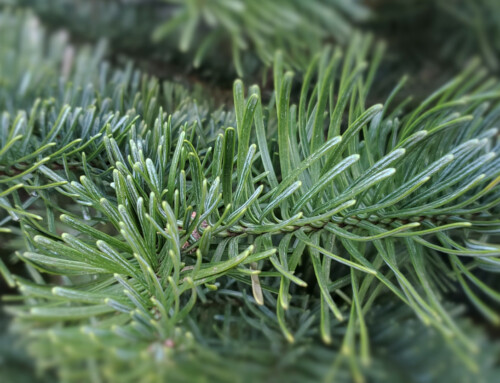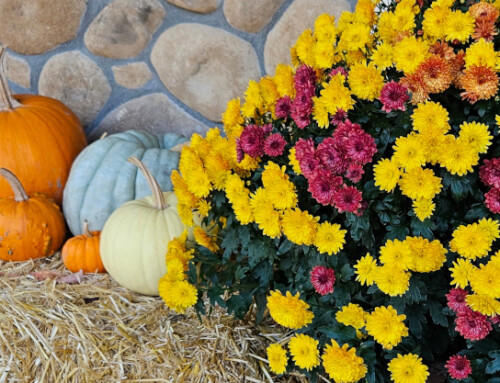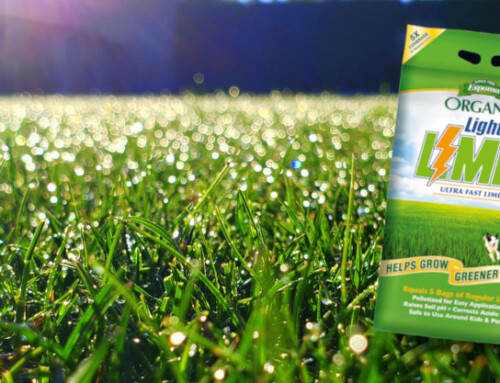| Hydrangea ‘Cityline Rio’ |
In our part of the country, we’re blessed to have so many varieties of flowering
shrubs and trees—from rhododendrons and azaleas to flowering cherry and plum trees, if you’re looking for color it’s easy to find. Yet look at those names I’ve just mentioned; do you see what they have in common? They’re all spring-blooming plants. That’s great—with our dreary, dark winters, we need a good pick-me-up in spring. If you’re looking for summer-blooming shrubs, however, give hydrangeas a try.
Chances are, hydrangeas aren’t something entirely new to you. If you don’t have one in your yard, a neighbor probably does. As common as hydrangeas are, however, I’ve found that for many people, they aren’t very well understood. For starters, there are far more varieties of hydrangea than your basic blue “mophead” variety. In the last few years, hydrangea breeders have introduced several exciting new types of hydrangea, available in different colors, sizes and shade requirements.
First, there are a couple of great hydrangeas that give color all summer long. Whereas most hydrangeas bloom in July and August only, “everblooming” varieties start in June and bloom until the first frost. ‘Endless Summer’ has been around for a few years—it’s a standard mophead (meaning large, rounded flower heads) with rich green leaves and beautiful deep blue flowers. Another exciting new variety I wrote about this spring is ‘Bombshell.’ This bright white everblooming variety only gets two to three feet tall—and it’s good for full sun to full shade, too!
Speaking of sun, hydrangeas are commonly thought of as shade-loving plants. It’s true to the extent that nearly all hydrangeas will do fine in shade. But many varieties like ‘Bombshell’ also thrive in full sun. Recently, growers have introduced an entirely new series of hydrangea by the name of Cityline—each specific variety bears the name of a different world city (e.g. Berlin). These hydrangeas prefer full to partial sun and like ‘Bombshell’ top out at three feet.
Aside from differences in size, color and sun preferences, not all hydrangeas are alike when it comes to pruning, either. If you’ve ever had a hydrangea that refused to bloom, you may have been pruning it improperly. In the most basic terms, there are two types of hydrangeas: those that bloom on old wood and those that bloom on new wood. Knowing the difference can save next year’s flowers when it comes to pruning.
Mophead hydrangeas as well as lacecap varieties—distinguished by a ring of larger blossoms around a center of tiny flowers—typically bloom on old wood only. For this reason, it’s wise to prune these varieties in late summer as the blooms begin to fade. Just like with rhododendrons and azaleas, many hydrangeas set their flower buds nearly a year in advance, so pruning late summer will allow your plants a chance to put out some new growth and still set buds for the following year.
Other hydrangeas—namely ‘Annabelle’ types and varieties like ‘Limelight’ and ‘Bombshell’—will bloom on new wood, meaning you can prune them in any way at any time. Obviously, a hard pruning right before summer will greatly delay blooming, so it’s best to plan ahead and do that work in early spring.
With so many choices available today, hydrangeas are a great option for your garden regardless of your color preferences, sun exposure and space limitations—not to mention the color of your thumb! This month, stop in at Vander Giessen Nursery and check out the many varieties of hydrangeas in bloom and find one to suit your yard.







Thanks for the heads up on lacecap hydrangea. My plant was a gift from a friend and rather frustrating to maintain because I didn't know when or how much to prune. "Old wood vs. new wood" — good to know and now my green thumb is happy about blue lacecaps!